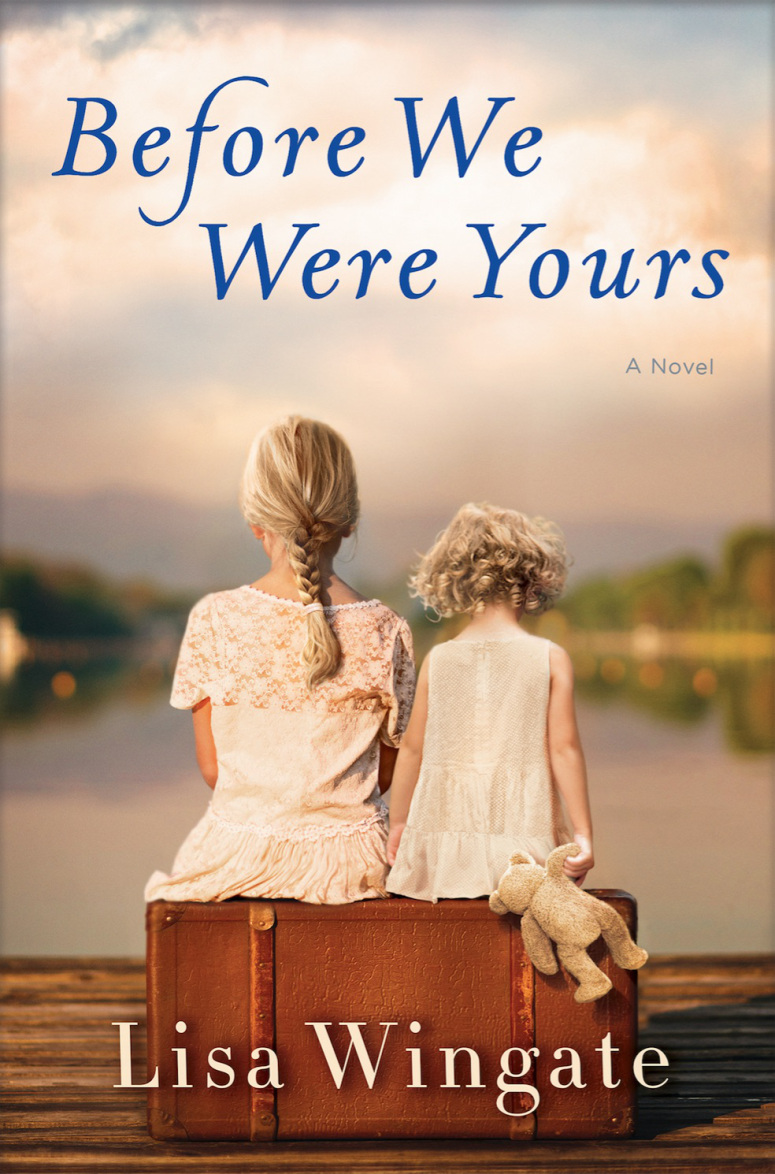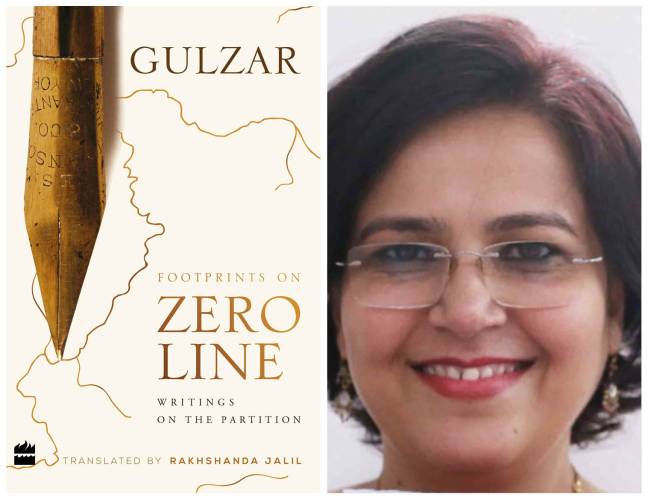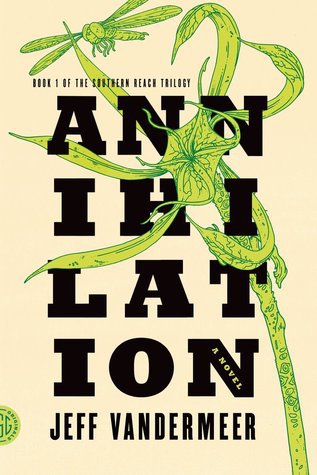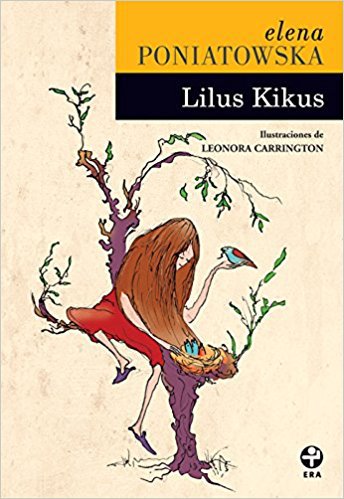I’m now up to M, N, and O in my A – Z of TBRs, a series of posts in which I take a fresh look at some of my TBRs to inspire me to read more of them by the end of the year, or maybe to decide not to bother reading them after all. These TBRs are all physical books – I’ve not included e-books. Looking at my books like this is encouraging me to read more of my own books as I’ve read two of the books I’ve featured in the earlier posts.
I’m enjoying searching my shelves – finding books I’d forgotten were there (the disadvantage of shelving books behind others).

M – is for Mercy by Jodie Picoult, a book I’ve had since 2008. LibraryThing predicts that I probably won’t like this book. Two cousins are driven to extremes by the power of love, as one helps his terminally ill wife commit suicide and the other becomes involved in a passionate affair with his wife’s new assistant.
I bought this book because I’ve read and enjoyed three other books by Jodie Picoult.
According to the sworn voluntary statement of James MacDonald, his wife had been suffering from the advanced stages of cancer and had asked him to kill her. Which did not account for the raw scratches on his face, or the fact that he had traveled to a town he had never set foot in to commit the murder. Maggie had not videotaped her wishes, or even written them down and had them notarized to prove she was of sane mind – Jamie said that she hadn’t wanted it to be a production, but a simple gift.
What it boiled down to, really, was Jamie’s word. Cam’s only witness was dead. He was supposed to believe the confession of James MacDonald solely because he was a MacDonald, a member of his clan. (page 39)
N – is for Notes from an Exhibition by Patrick Gale (on my TBR shelves since 2011). LibraryThing predicts that I probably will like this book. When troubled artist Rachel Kelly dies painting obsessively in her attic studio in Penzance, her saintly husband and adult children have more than the usual mess to clear up. She leaves behind an extraordinary and acclaimed body of work – but she also leaves a legacy of secrets and emotional damage that will take months to unravel.
I haven’t read any of Patrick Gale’s books, but I was attracted to it by the blurb.
‘We are here to say goodbye to our dear Rachel, who was a regular attender since Anthony first brought her to Penzance a little over forty years ago. For those of you who have never been to a Friends’ Meeting before, this may not be the kind of funeral you’re used to. The proceedings take the form of a Quaker Meeting for Worship. This is based on silent contemplation. There are two aims in our worship: to give thanks for the life that has been lived and to help those who mourn to feel a deep and comforting sense of divine presence within us. The silence may be broken by anyone, Quaker or not, who feels moved to speak, to pray or offer up a memory of Rachel.’ (page 62)
O – is for An Officer and a Spy by Robert Harris a book I’ve only had for nearly two years. LibraryThing predicts that I probably will like this book. A recreation of a scandal that became the most famous miscarriage of justice in history, this is the story of the infamous Dreyfus affair told as a chillingly dark, hard-edged novel of conspiracy and espionage. Paris in 1895. Alfred Dreyfus, a young Jewish officer, has just been convicted of treason, sentenced to life imprisonment at Devil’s Island, and stripped of his rank in front of a baying crowd of twenty-thousand.
I bought this on the strength of the other books by Robert Harris that I’ve enjoyed. I’ve heard of the Dreyfus affair but know very little about it.
Beneath the letters is a thin manilla envelope containing a large photograph, twenty five centimetres by twenty. I recognise it immediately from Dreyfus’s court martial – a copy of the covering note, the famous bordereau, that accompanied the documents he passed to the Germans. It was the central evidence against him produced in court. Until this morning I had no idea how the Statistical Section had got its hands on it. And no wonder. I have to admire Lauth’s handiwork. Nobody looking at it could tell it had once been ripped into pieces: all the tear marks have been carefully touched out, so that it seems a whole document. (pages 40 -41)
What do you think? Do you fancy any of them? Would you ditch any of them?
Share this:




